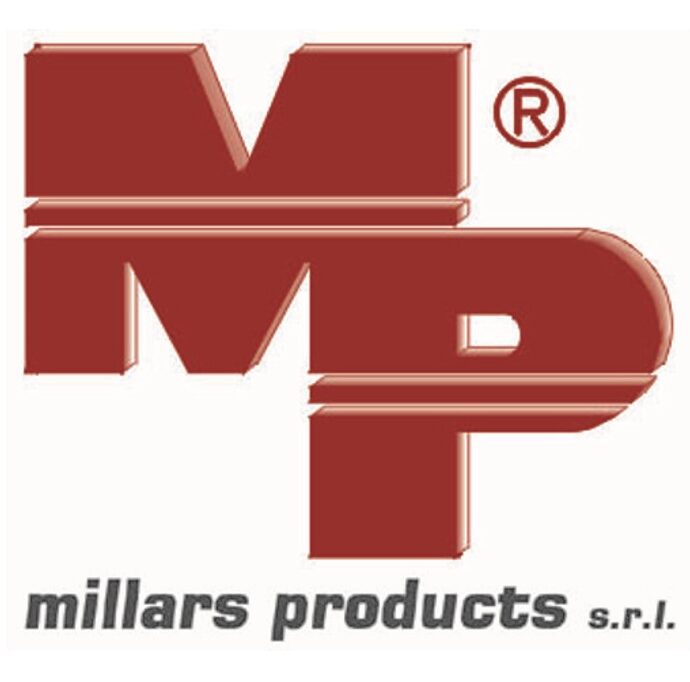Affinity Water operates several groundwater abstractions in Suffolk. Situated in the chalk aquifer, the pumping station abstracts millions of litres of water a day, which is delivered via the public water supply to customers in the area.
As part of its remit, the water company has to clean and maintain the wells, frequently having to compete against the build-up of iron bacteria and iron oxide which encrust the borehole equipment, causing a gradual decrease in performance, and potentially pump failures.
On-site camera surveys showed examples of severe iron related bacteria (IRB) encrustation on slotted casing, with the clogging preventing the free entry of groundwater.
The Affinity Water team was introduced to the BoreSaver range of treatment solutions by Drilcorp and Geoquip, after a series of laboratory tests to mimic the effluent output at the end of the treatment and agreed to implement a treatment and cleaning programme.
As a result, both boreholes gained higher efficiency in terms of drawdown, with the first borehole reporting 5% increased efficiency, and the second 12.5%. The rehabilitation strategy resulted in better water quality in terms of turbidity in both boreholes, while new camera surveys revealed considerable improvements in removing encrustations within the wells.
| Client: | Affinity Water (Main Contractor: Drilcorp Ltd.) |
| Location: | Suffolk, UK |
| Product: | BoreSaver Ultra C Pro |
| Project Description: | Asset maintenance at public water supply boreholes |
| Keywords: | BoreSaver Ultra C Pro, chalk aquifier, borehole contamination, iron bacteria, IRB, iron oxide, public water supply |
Alessandro Marsili, Affinity Water’s Asset Manager – Hydrogeology, says: “The BoreSaver treatment was much easier and quicker to apply, there were no logistical problems and it was less harmful to the environment. Looking at the pre and post treatment camera footage from the pumping stations, there was a big difference and the treatment clearly cleaned up the encrustation. It is certainly an asset to temporarily treat this contamination problem.“
